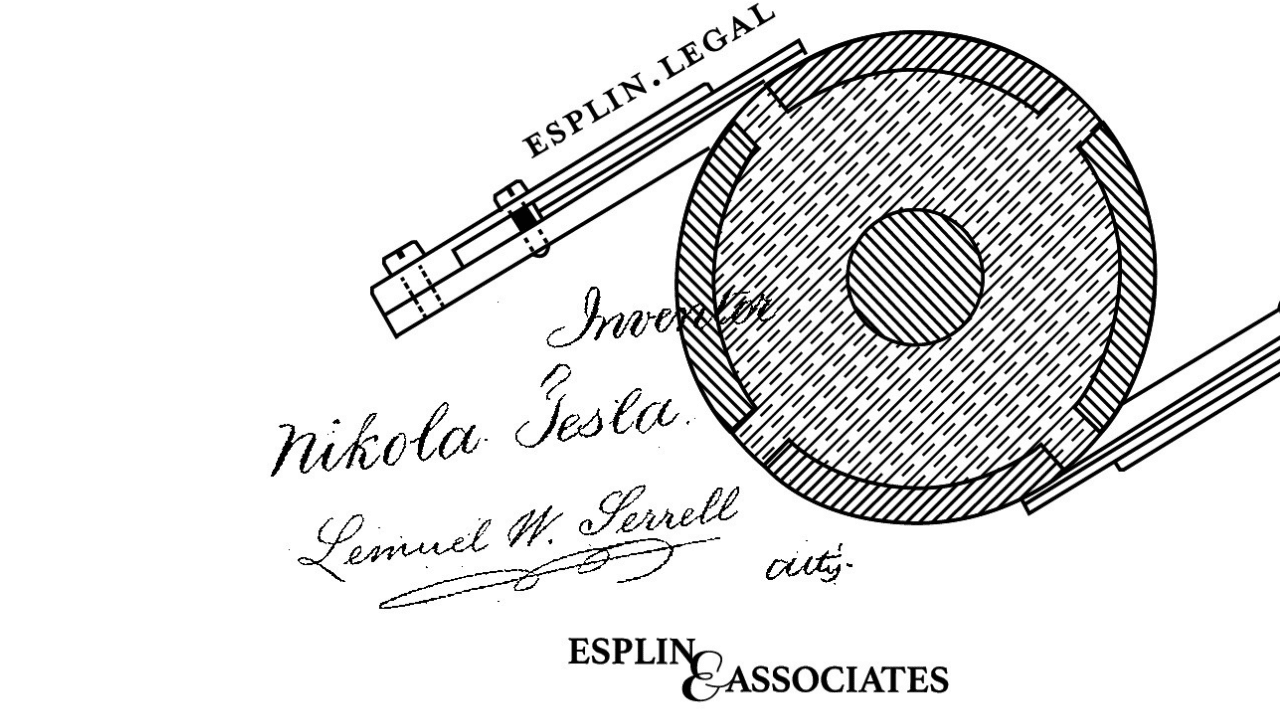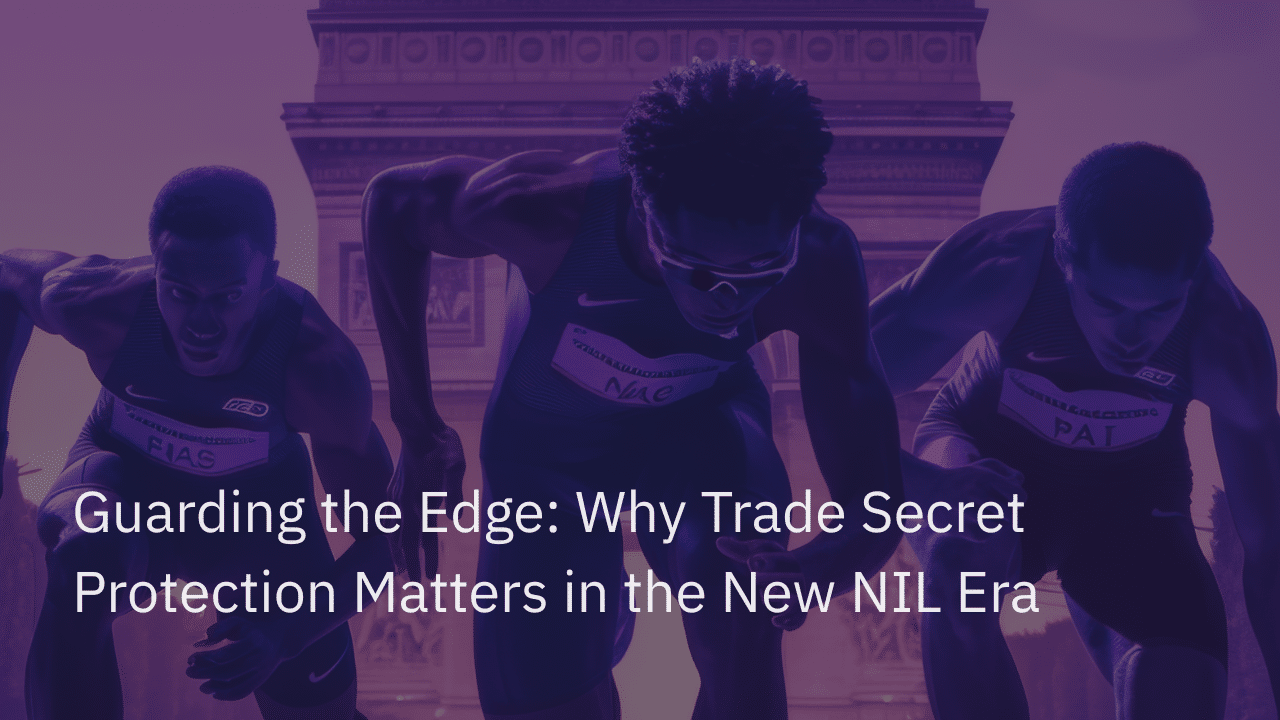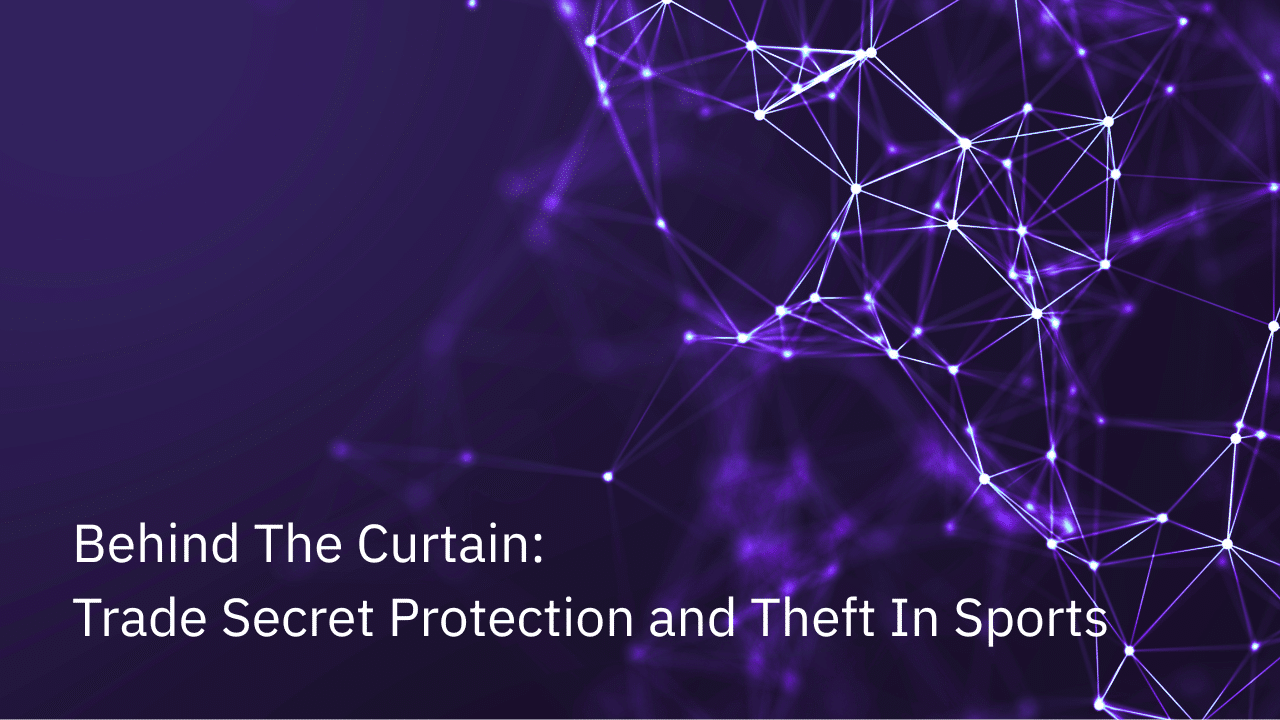When most people think of intellectual property enforcement, patent trolls often come to mind: non-practicing entities (NPEs) that exploit the patent system to generate revenue through litigation or settlements. But in the world of trade secrets, the same type of behavior is practically nonexistent. That raises an important question: Why aren’t there “trade secret trolls”? And what does that mean for your company’s approach to IP strategy and confidential data protection?
There’s no trade secret troll hiding under the bridge
The idea of a “trade secret troll” is rarely discussed, but it is an interesting concept. We are all familiar with “non-practicing entities” (NPEs), “patent assertion entities” (PAEs), or “patent trolls” – companies that acquire large collections of patents, and license or litigate in search of equally large royalty or settlement amounts.
With trade secret damages reaching staggering heights in the last few years, one would expect NPEs to take interest and look out from beneath their bridge. This isn’t happening. Why?
First, patents can be asserted against anyone infringing the patent’s claims in the patent’s geography. There’s no need for any kind of relationship between the patent owner and the alleged infringer. There can be large numbers of infringers to pursue. For trade secrets, there are usually only a single person or a small team of people who steal the trade secret.
Second, trade secret misappropriation is closer to a “theft” or “embezzlement” model than patent infringement. Trade secrets are typically taken by someone who once had legitimate access (such as an employee, collaboration partner, vendor, and so on), but something changed. Maybe the employee left the company, taking valuable information with them to a competitor, or maybe a partner or vendor used the company’s confidential information to help other clients in violation of their contract with the trade secret owner. This requirement for a trusted relationship limits the number of targets for an NPE to pursue. Patent infringement functions more like a land mine – patents go after anyone who steps on their claims.
Third, while technically possible to license or sell a trade secret, it doesn’t happen very often. Trade secrets are sometimes licensed along with patents, but there really isn’t a real marketplace for the exchange or sale of trade secrets.
It is relatively easy to build your own collection of trade secrets if you are an operating company (you have way more than you think!), but it is difficult to acquire a collection of trade secrets for an assertion model.
Taking care of your trade secrets is serious, but don’t spend much time worrying about trade secret trolls.
Disclosure: Tim Londergan and Chris Buntel both previously worked for Intellectual Ventures.
What You Should Worry About: Internal IP Risk
While “trade secret trolls” aren’t a threat, the real danger lies in the people you trust most: employees, partners, and vendors. This is where trade secret misappropriation tends to occur—and why proactive trade secret management is critical.
Businesses today are handling an unprecedented volume of proprietary data. R&D files, customer lists, pricing models, algorithms, internal tools—these are all trade secrets when kept confidential and treated appropriately. But without the right policies, systems, and oversight, they’re at risk of being lost or stolen.
How to Strengthen Your Trade Secret Protection Program
Here are three immediate actions your company can take to reduce IP exposure and protect your competitive edge:
- Identify your trade secrets
Create a clear inventory of what qualifies as confidential and commercially valuable across departments. - Limit and track access
Ensure only the right people can access sensitive information, and document that access over time—especially for offboarding and vendor relationships.
3. Establish formal protections
Develop a company-wide trade secret policy, implement NDAs, and train staff on confidentiality protocols.
Final Takeaway: No Trolls, but Real Threats
The absence of trade secret trolls shouldn’t lull companies into complacency. If anything, it highlights how essential it is for operating companies to take trade secret protection into their own hands. There’s no third party waiting to assert your rights for you. You are the front line of defense.










